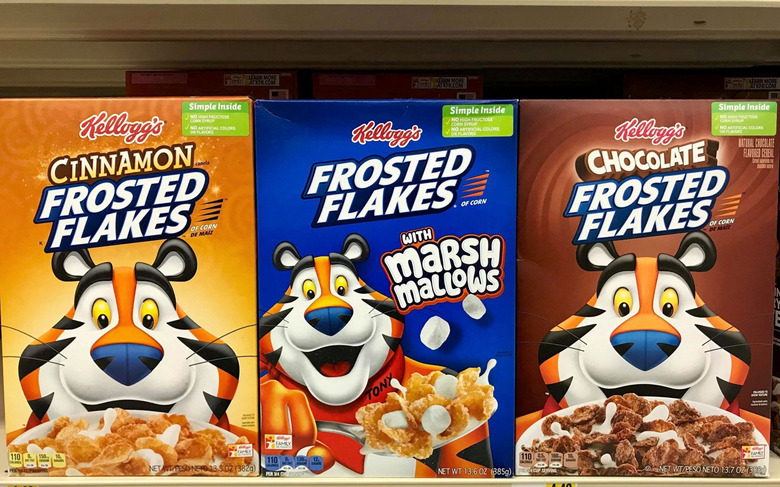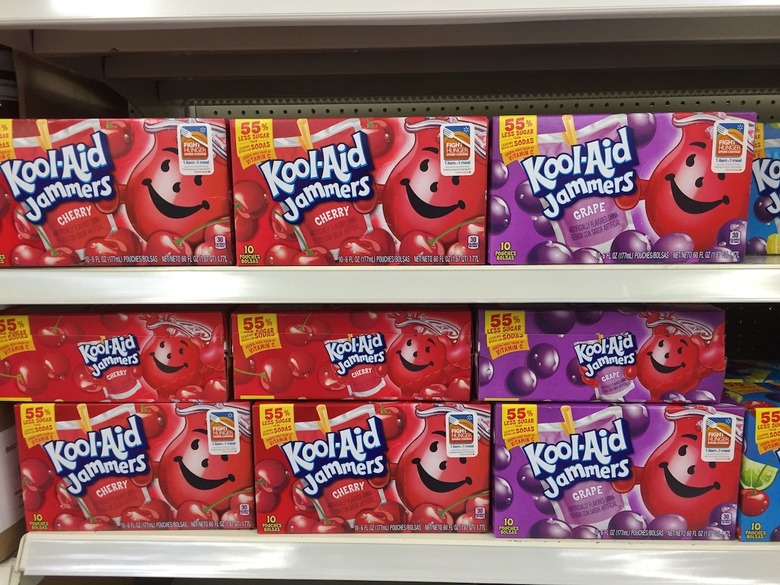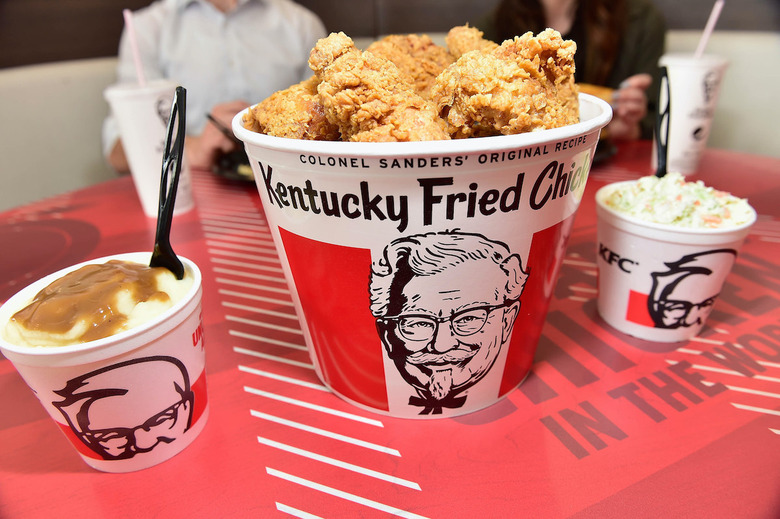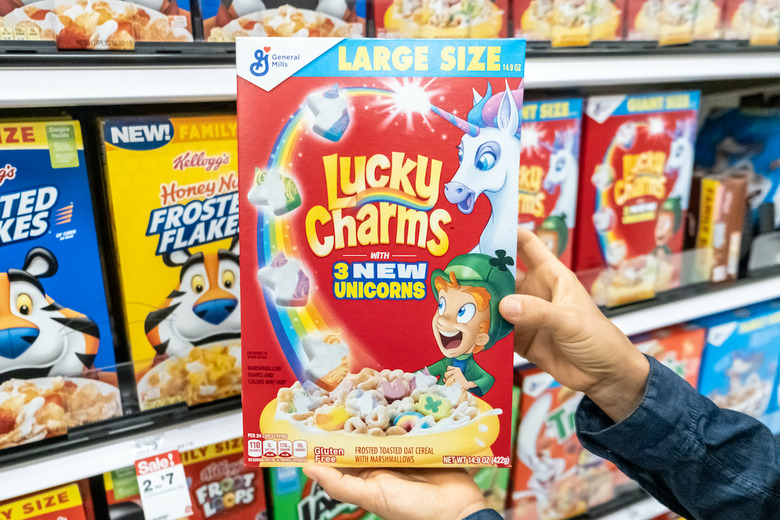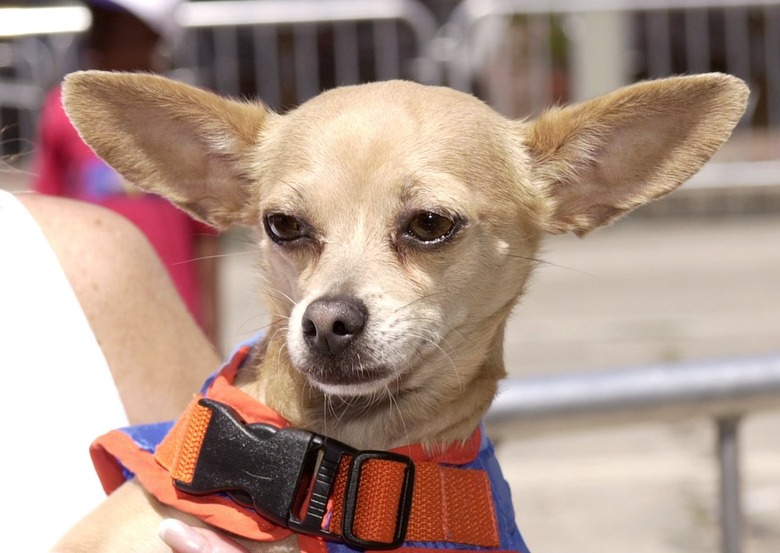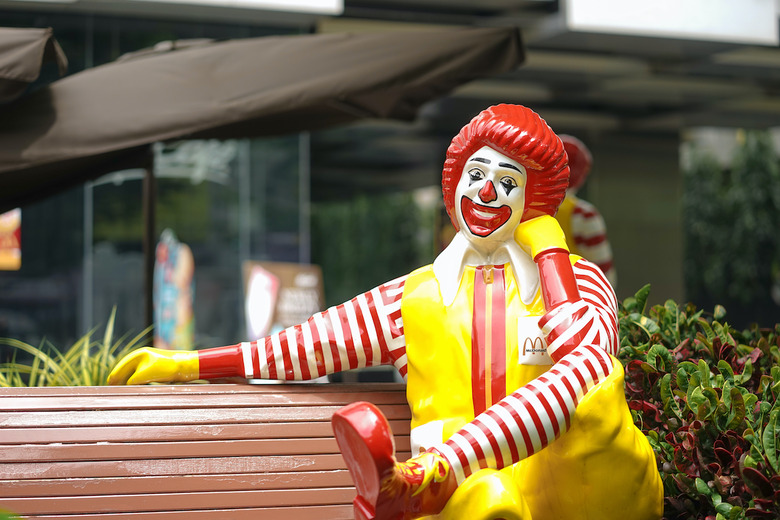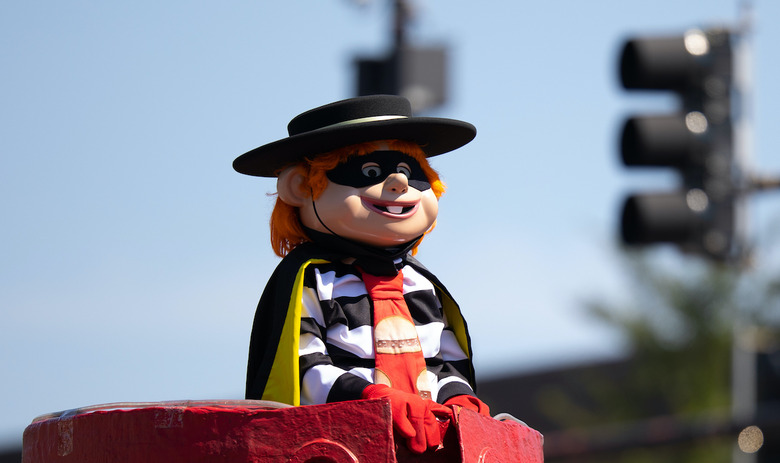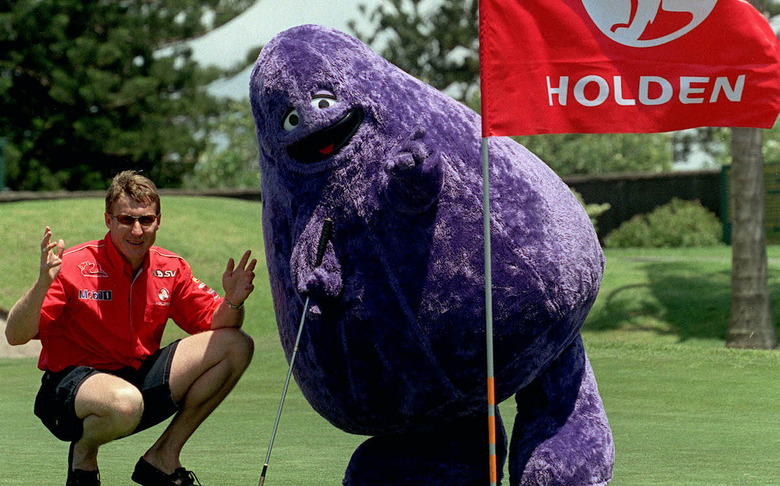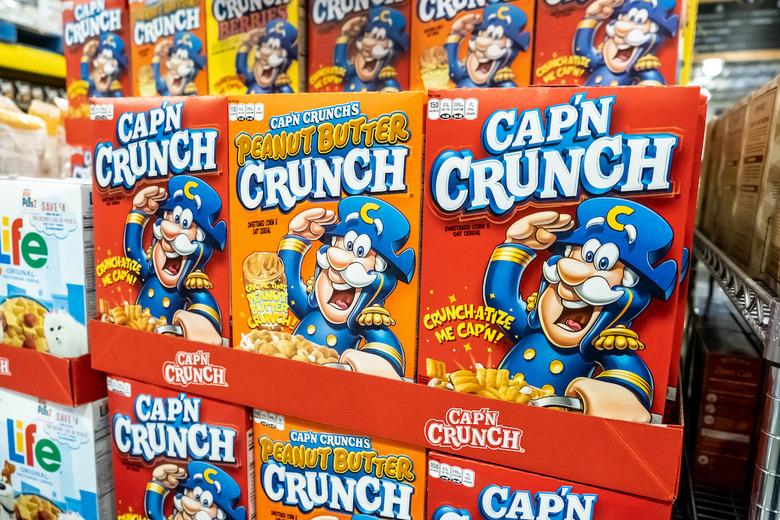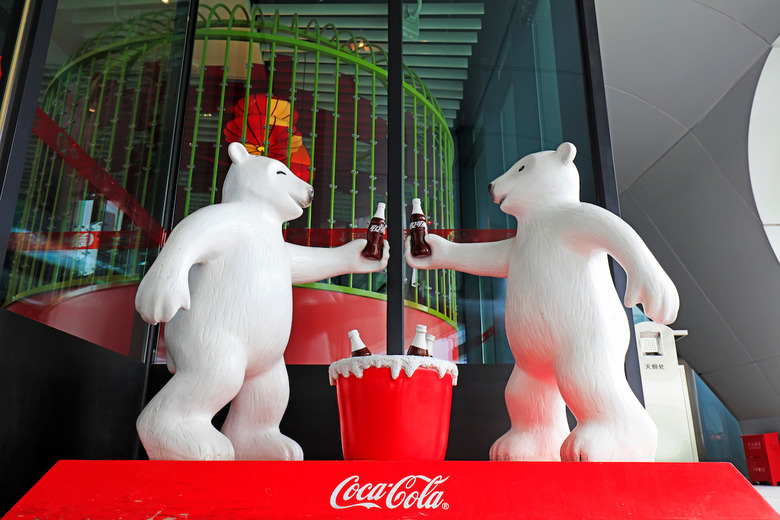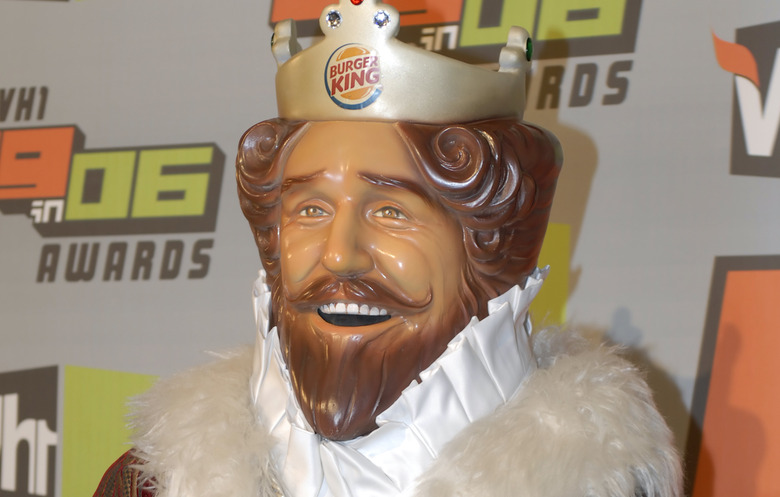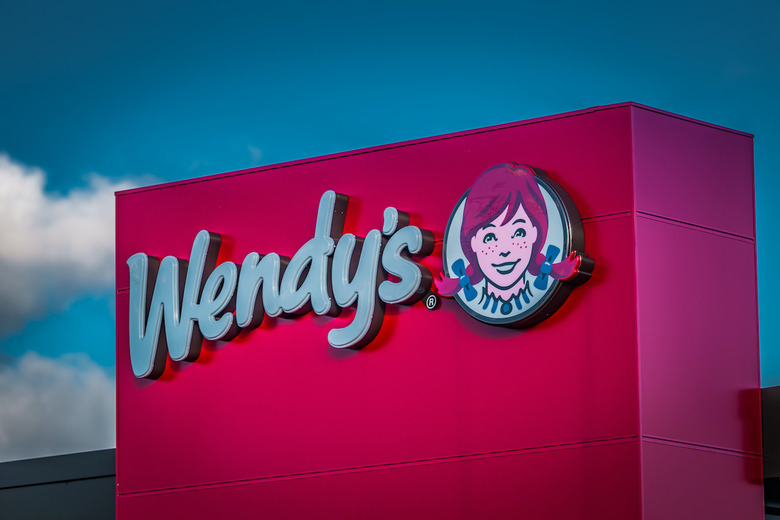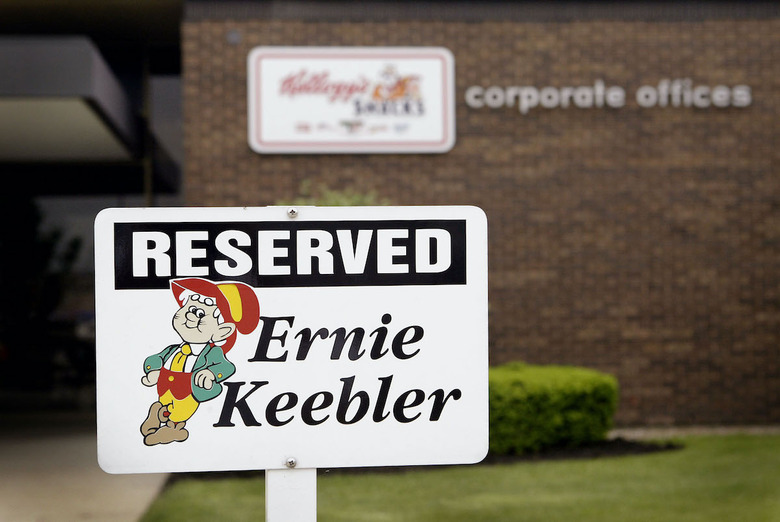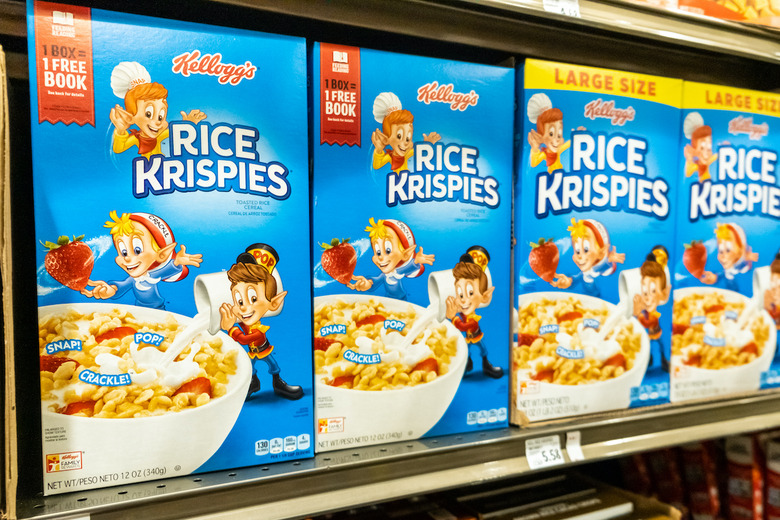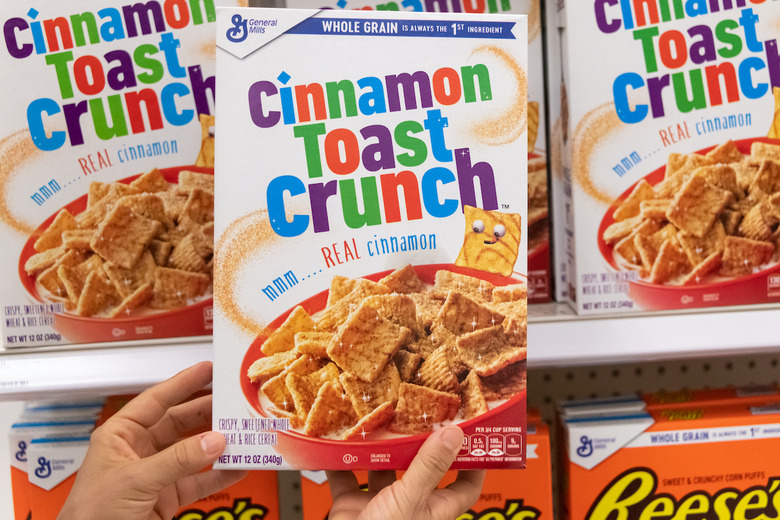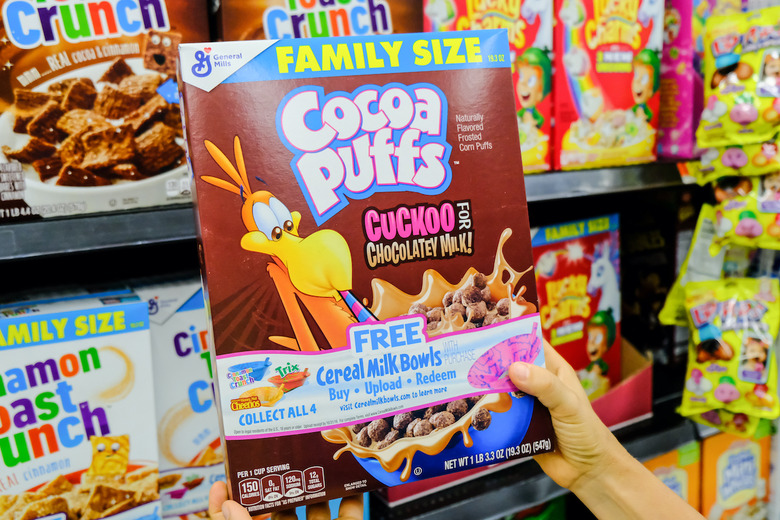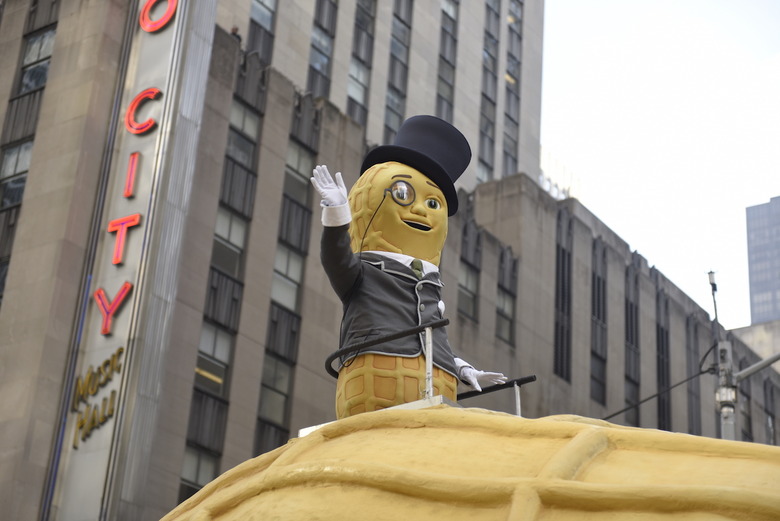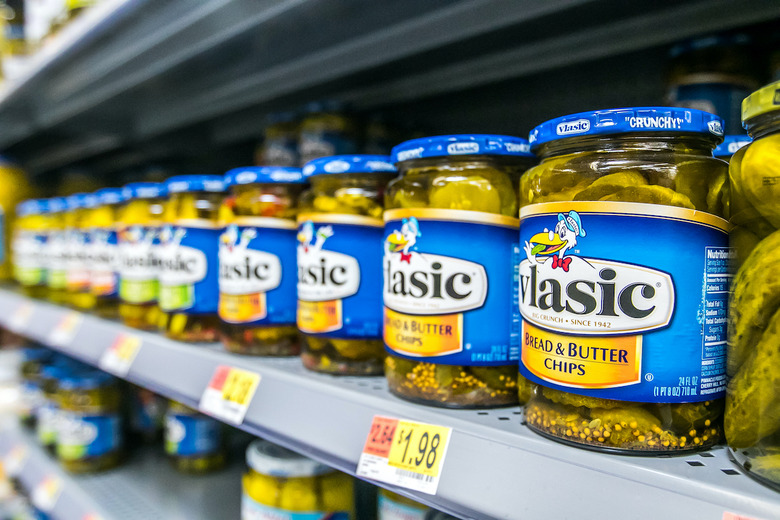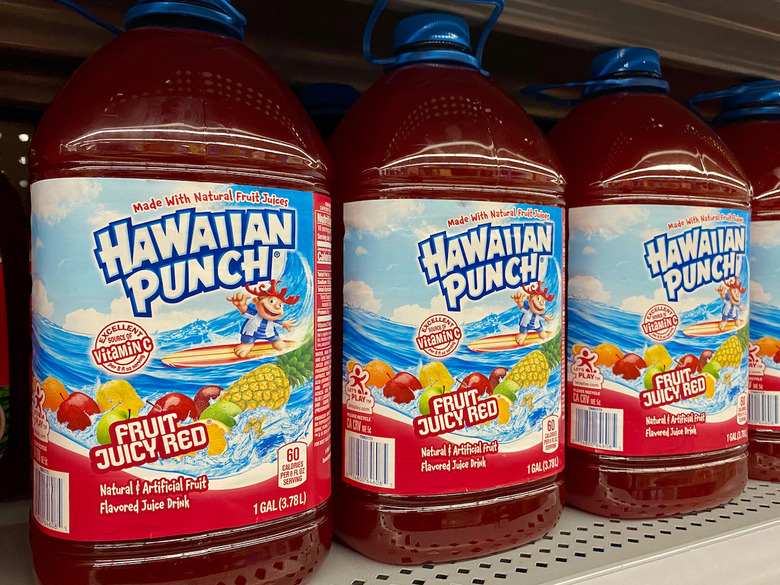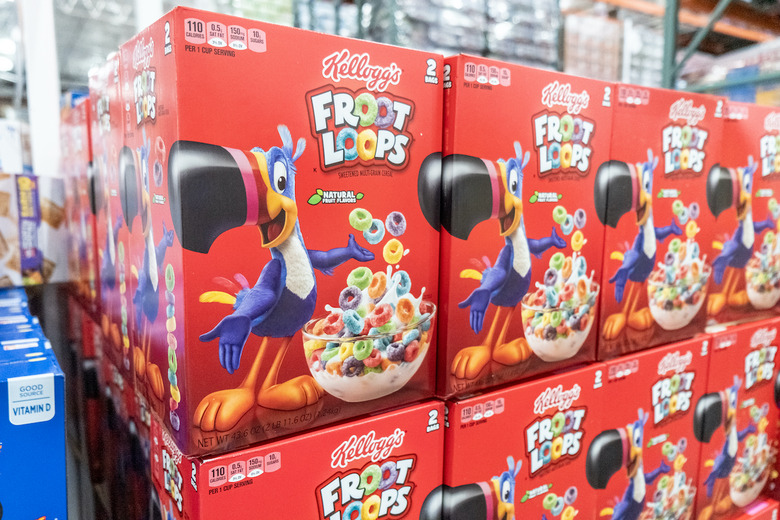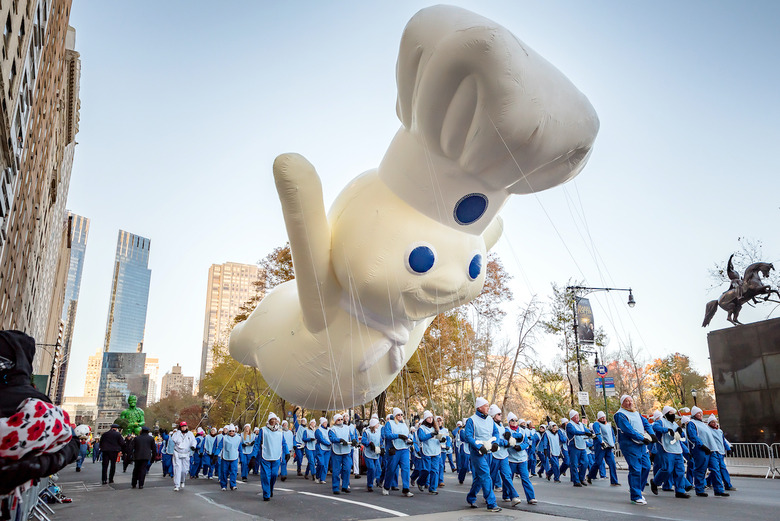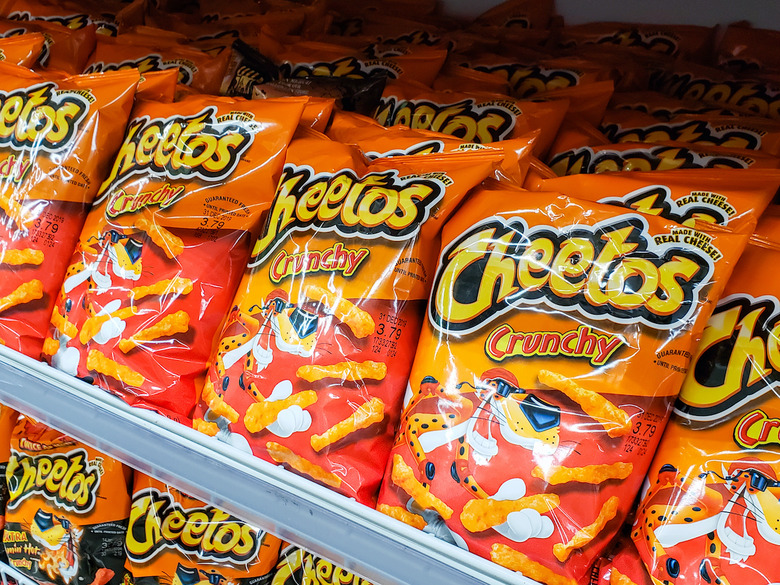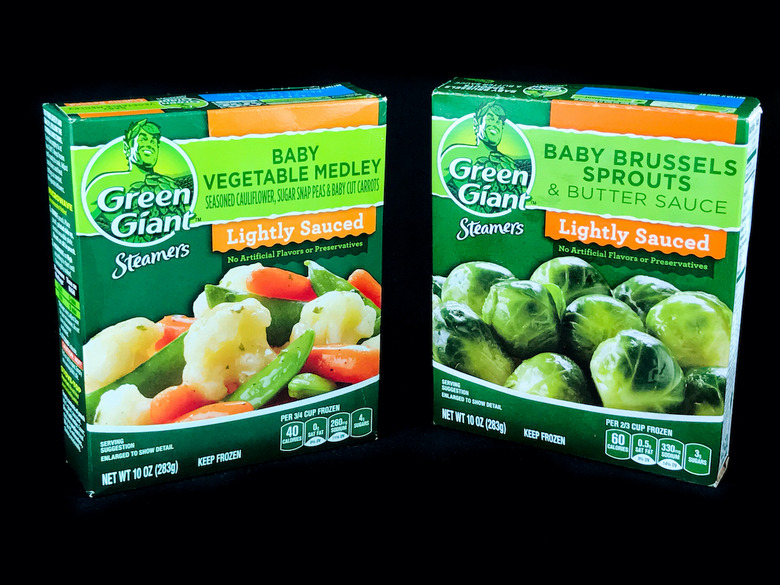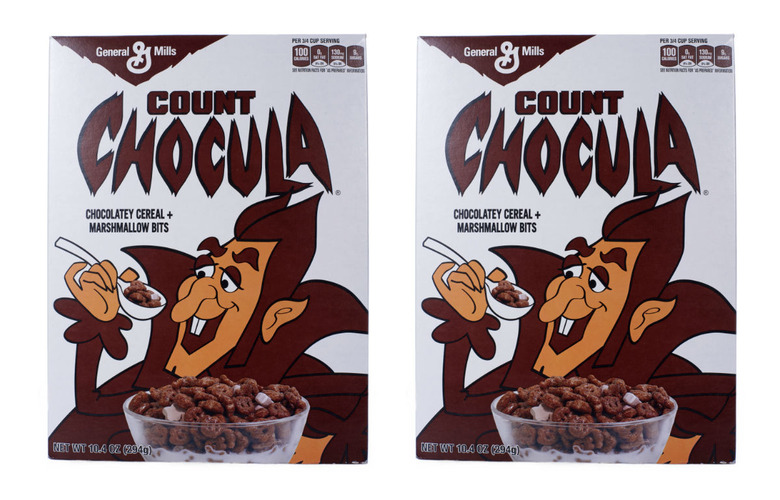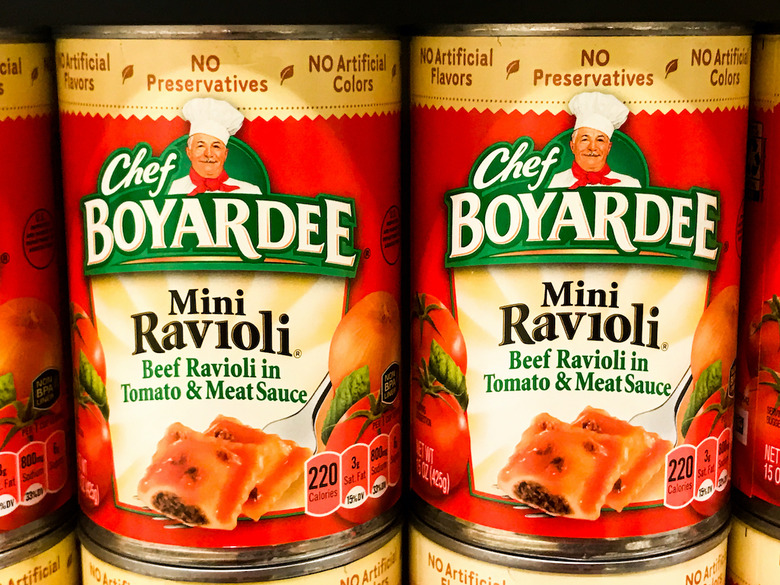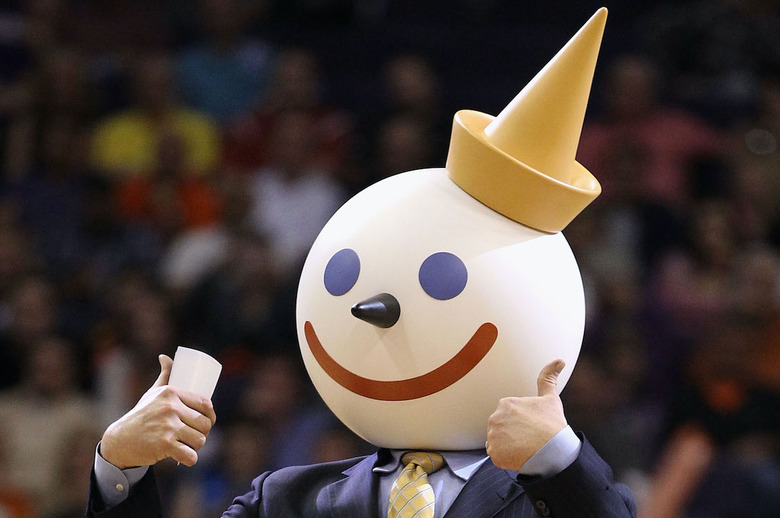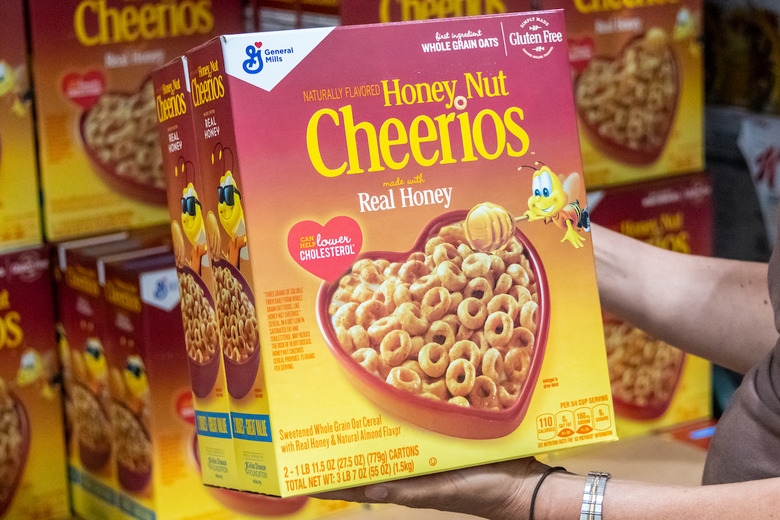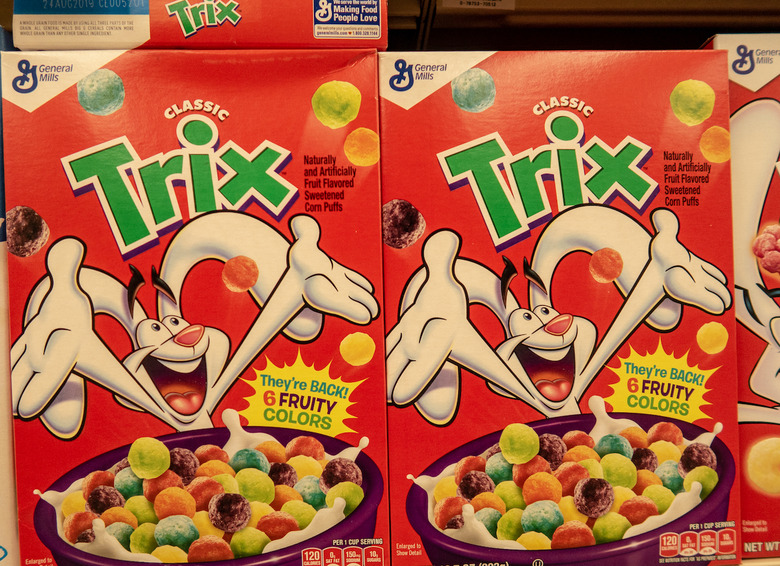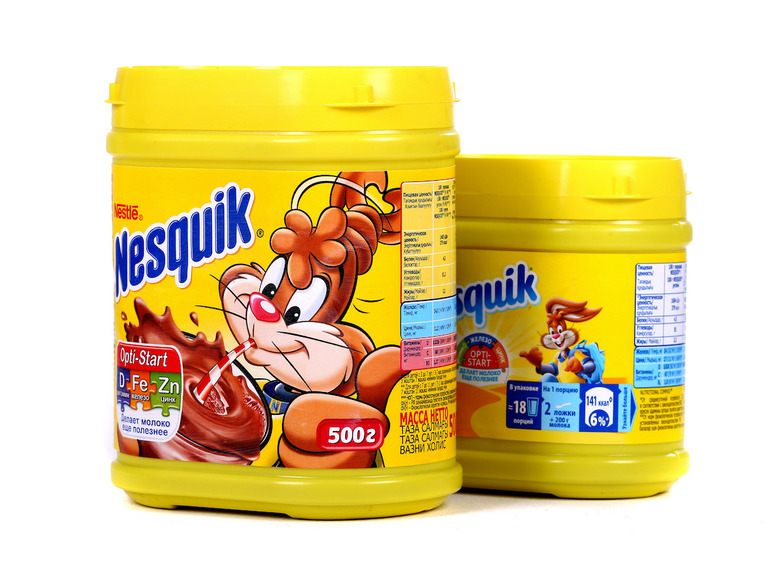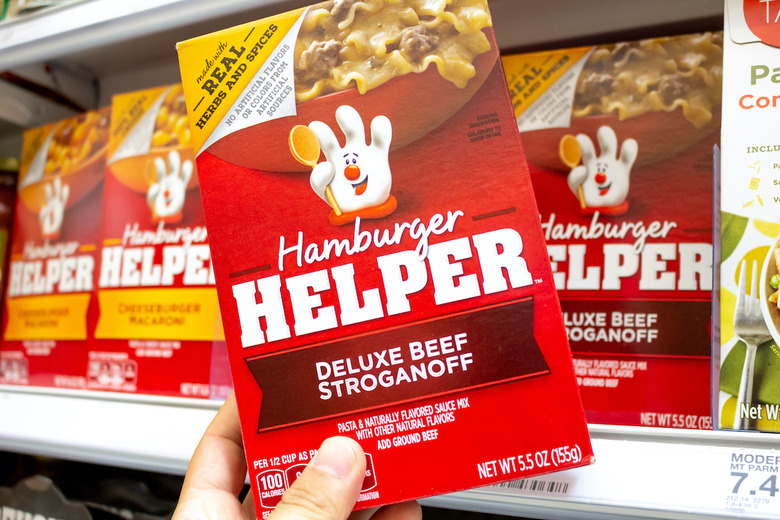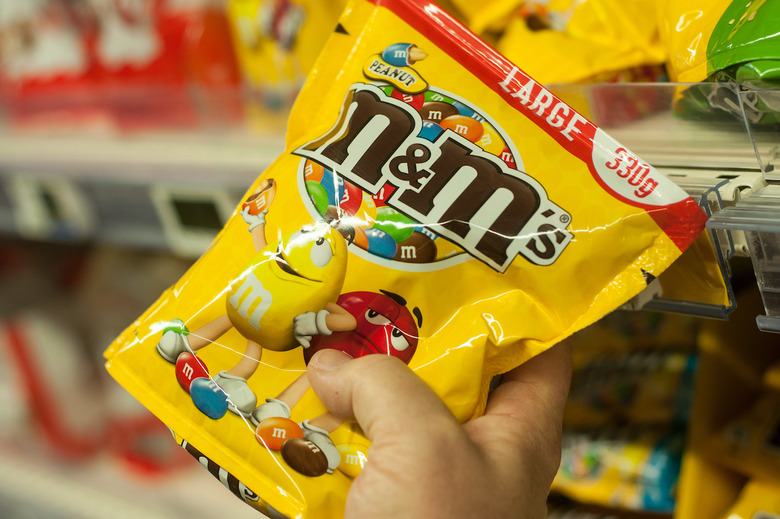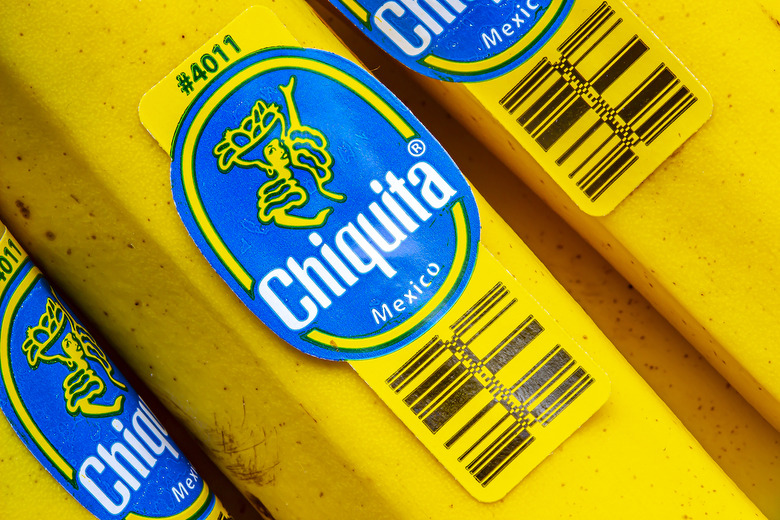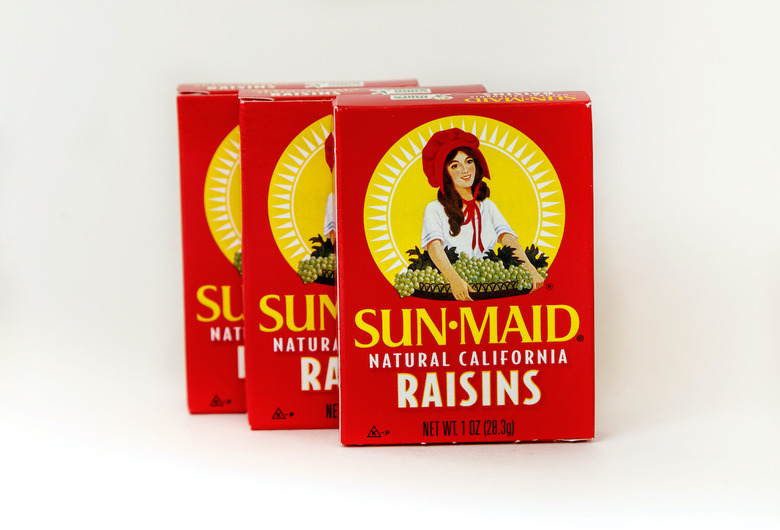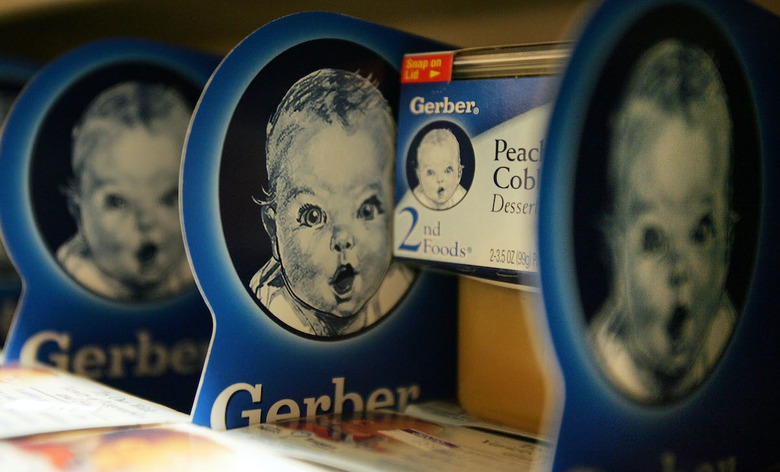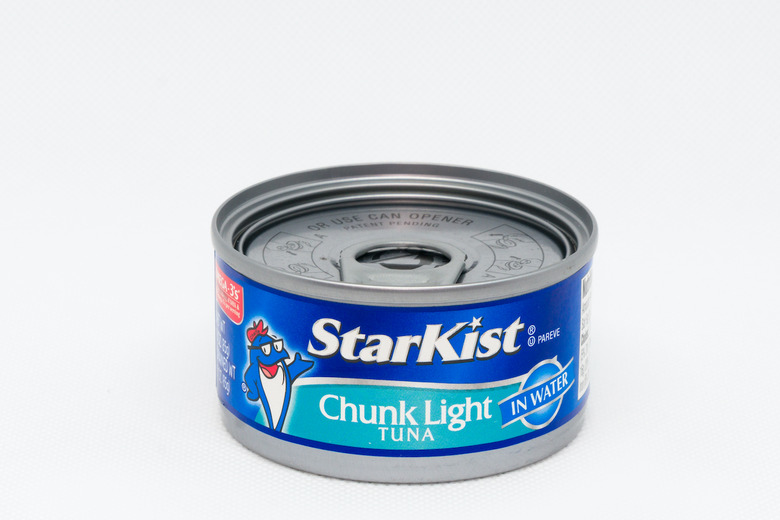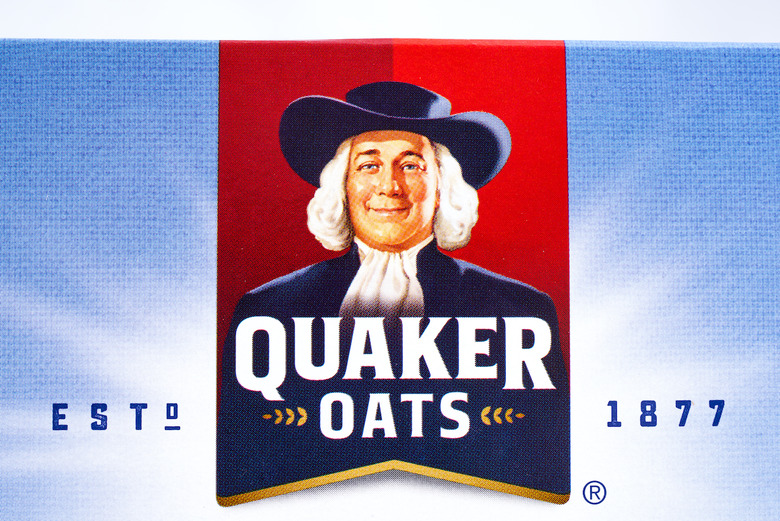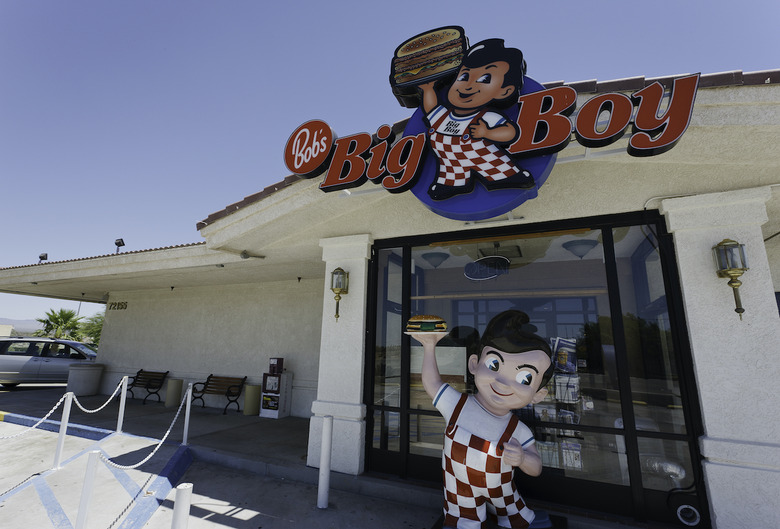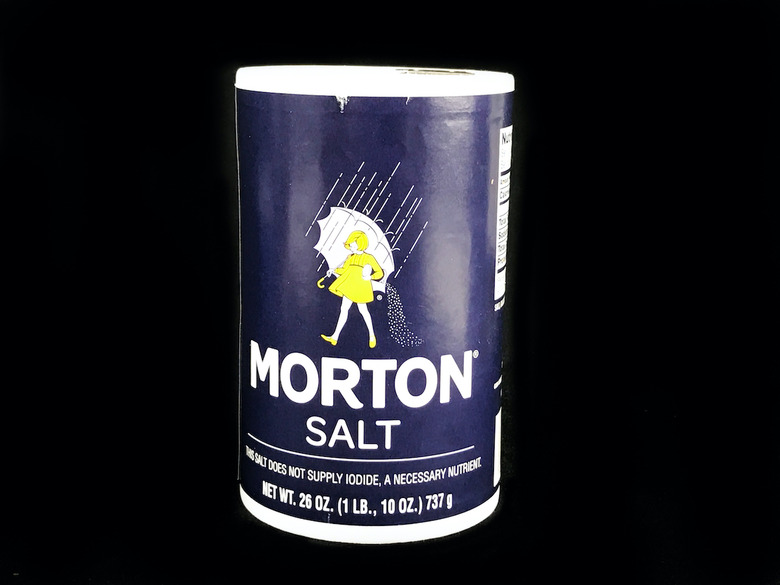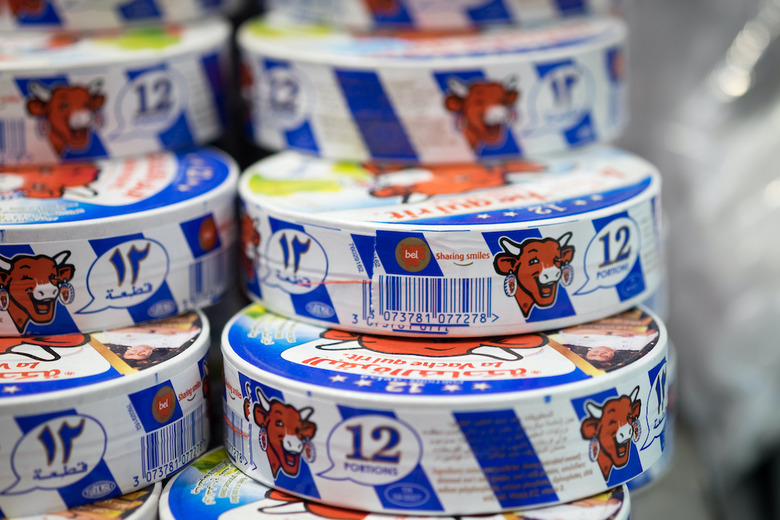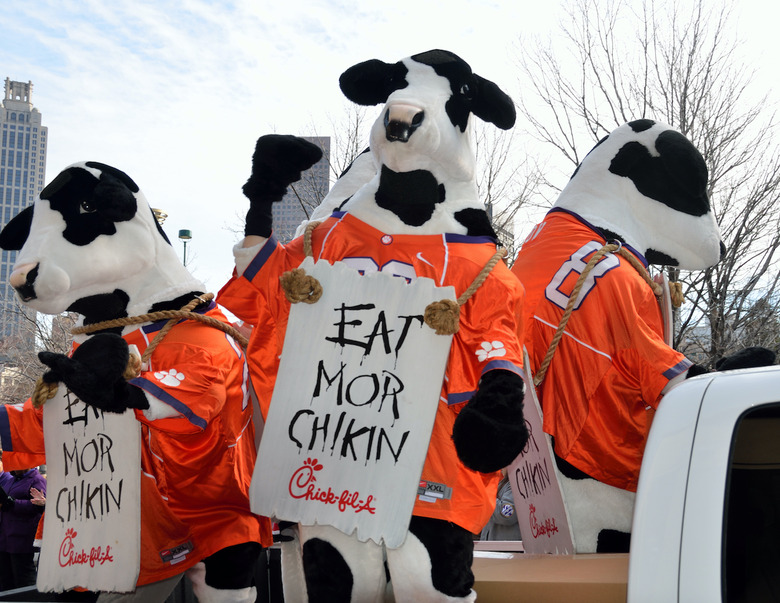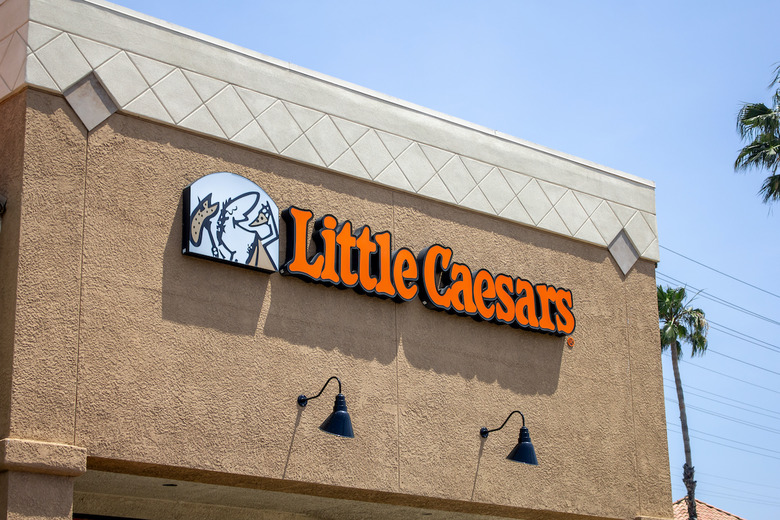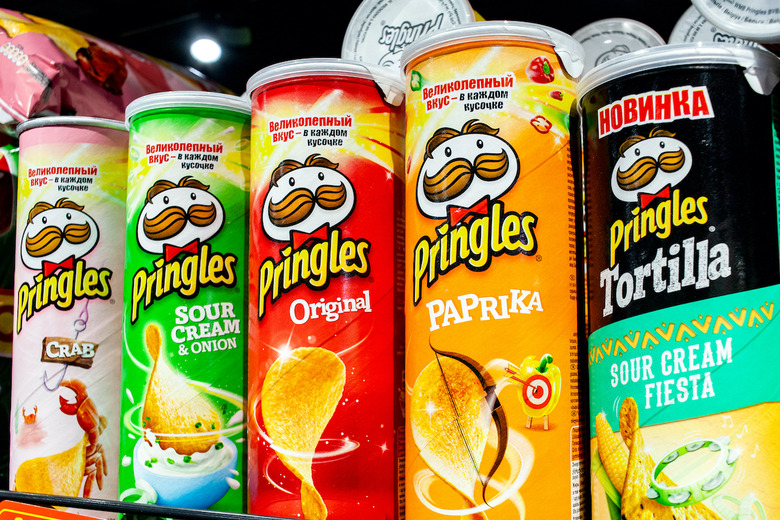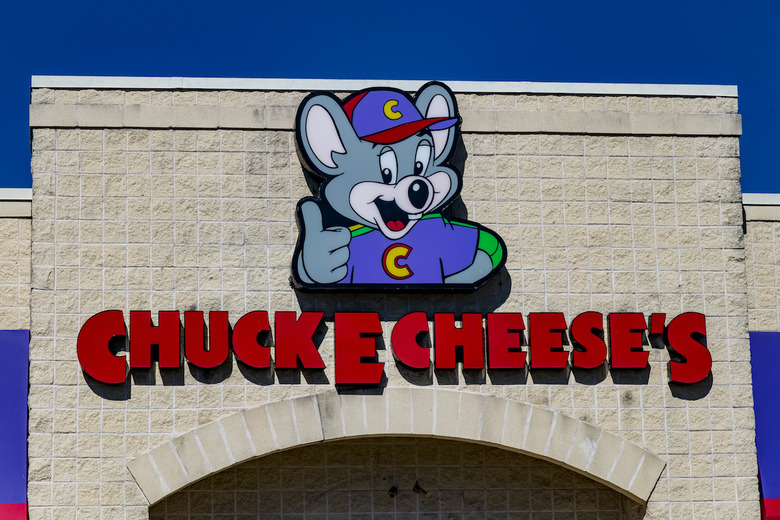The Most Iconic Food Mascots Of All Time
Many of your favorite fast food and store-bought eats have a brand mascot, which is typically some sort of cartoon character or other fictional being, like a leprechaun, elf or talking hamburger. We grew up with them on our TVs and in our grocery aisles. Some of them are still around smiling from boxes in our pantries today. Regardless of whether you're chowing on children's cereal or fudge-covered cookies made in a far-off land, there's no denying that these food mascots are the most iconic of all time.
Kool-Aid Man
Of all the things you didn't know about Kool-Aid, you may not know the Kool-Aid Man wasn't featured in ads until 1975. Ever since, he's been smashing through walls to give thirsty children Kool-Aid, leaving nothing but destruction in his path. His catchphrase is "Oh yeah!"
Colonel Sanders
Harland Sanders is, of course, the mascot for KFC. He was a real Southern businessman and honorary colonel from Henryville, Indiana, who made this fried chicken restaurant into one of the most popular fast food chains. His signature look? White hair and a white goatee, white double-breasted suits and black string ties. He lived to be 90 years old, and now he's portrayed by a rotating cast of celebrity colonels, such as Ray Liotta, Sean Astin and Reba McEntire.
Tony the Tiger
In 1952, Tony the Tiger valiantly competed against three other critters — Katy the Kangaroo, Elmo the Elephant and Newt the Gnu — who were all vying to be the mascot for a favorite childhood breakfast, Kellogg's Frosted Flakes. The loveable striped wild cat won, obviously, and he's been the cat's meow ever since. The iconic growl-like tagline, "They're GR-R-REAT!" was voiced by Thurl Ravenscroft, who died in 2005.
Lucky
Lucky Charms' mascot Lucky the leprechaun debuted in 1964, and General Mills claims it was one of the most expensive advertising rollouts to date. In 1975, Lucky was briefly replaced by Waldo, a forgetful wizard who misplaced his box of Lucky Charms in every commercial. Waldo's interpretation of Lucky's famous catchphrase "They're magically delicious," was "ibbledebibbledelicious." He lasted approximately a year before Lucky returned full time.
Gidget
A chihuahua named Gidget came to fame as an advertising figure for Taco Bell in the 1990s. The dog's legendary four-word catchphrase was, "¡Yo quiero Taco Bell!"
Ronald McDonald
If you're a fan of beloved burger chain McDonald's, you're likely well-acquainted with its resident clown Ronald McDonald, who was created in 1963. He was first played by Willard Scott, who also played Bozo the Clown for a TV station in Washington, D.C., and eventually became the weatherman on "Today."
Hamburglar
The Hamburglar was another character in the McDonald's universe. He was a short, red-headed thief with just one tooth. He was always trying to steal hamburgers from children and his friend Ronald McDonald — though he never actually got away with it.
Grimace
Grimace joined the McDonaldland lineup in 1971. He was originally scaly and mean with four arms, but that scared kids, so McDonald's changed him into a plush gentle giant who slightly resembles an eggplant. It's reported that Grimace was last seen dancing to Ram Jam's "Black Betty" at Dodger Stadium on July 18, 2012.
Horatio Magellan Crunch
You may know him as Cap'n Crunch, but his real name is Horatio Magellan Crunch. This breakfast cereal star was born on Crunch Island, located in the Sea of Milk, where there are talking trees, crazy creatures and a mountain called Mt. Crunchmore, which is made out of Cap'n Crunch cereal. He has captained the S.S. Guppy since 1963.
Coca-Cola Polar Bears
The polar bear first appeared in a print advertisement for Coca-Cola in 1922, and in 1993, the gentle, animated creatures made their TV debut in a commercial in which a group of polar bears gather to drink Coke and watch the northern lights. Over the years, the Arctic animal has remained a popular symbol for the soda brand.
Burger King
The first iteration of the Burger King was an unsuspecting fellow with a lopsided crown sitting atop his burger throne, cradling a soda. Today, he's a life-size dude with a massive plastic head. He's always smiling, giving him an almost menacing air — he might be outside your bedroom window right now.
Wendy
This red-haired, freckle-faced mascot has been Wendy's logo since it first opened in Columbus, Ohio, in 1969. It was modeled after then-8-year-old Melinda "Wendy" Thomas. Her late father Dave founded the burger chain, famous for its fresh, never frozen, square beef.
Ernest J. Keebler
Ernest J. Keebler, or "Ernie" for short, is the spokeself for Kellogg's Keebler brand, which makes some of the best store-bought cookies. He and the other elves' sole purpose in life is to bake cookies, crackers and cones in their magic ovens in the Hollow Tree, which exists in an undisclosed location.
Snap, Crackle and Pop
Cereal lovers are likely familiar with household names Snap, Crackle and Pop, the brotherly elf trio that represents Kellogg's Rice Krispies. The charming spokeselves have been with the brand from the beginning, when the breakfast food first hit shelves in 1928. In the 1950s, marketers added a fourth elf, Pow, a family friend who appeared in two commercials before he was scrapped.
Crazy Squares
Cinnamon Toast Crunch's mascots are the Crazy Squares, which are the individual pieces of the cereal. To emphasize how delicious the cereal is, they are often shown licking cinnamon dust off of and eating the others. If you look at a box today, you'll find a handful of Crazy Squares looking at one another hungrily.
Sonny the Cuckoo Bird
Sonny the Cuckoo Bird is the zany character behind General Mills' chocolate cereal Cocoa Puffs. His famous tagline is "I'm cuckoo for Cocoa Puffs!" Voiceover actor Larry Kenney inherited the role from Chuck McCann in 1978. He also does the voice for Count Chocula.
Mr. Peanut
Planters ran a trademark contest in 1916, and teenager Antonio Gentile won. His grand prize was $5 and a lifetime of seeing his creation come to life as Mr. Peanut. The dapper walking, talking nut wears a monocle and top hat and carries a cane. He was recently killed off and brought back to life as Baby Nut in a Super Bowl commercial.
Vlasic Stork
The Vlasic Stork first appeared in a commercial in 1974 and proclaimed, "Vlasic is the best tasting pickle I ever heard!" The character was created because at the time, the national birth rate was dropping and babies were in short supply, so Vlasic marketers used a stork to deliver pickles instead.
Punchy
Punchy first appeared in ads for Hawaiian Punch in 1962. His signature line was, "How about a nice Hawaiian Punch?" Oftentimes, the recipient of that question was another character named Opie, who would say, "Sure," and then Punchy would punch him.
Toucan Sam
Toucan Sam has been the spokesbird for Froot Loops since 1963. When he first debuted on the cereal box, he was wearing a big hat made out of fruit. Now, he's hatless. He also had a "beak job" that shortened his colorful magic nose "that always knows" where to find Froot Loops.
Poppin’ Fresh
The Pillsbury Doughboy debuted in 1965 and actually has a name: Poppin' Fresh. He is 8.75 inches tall with his hat and weighs 14 ounces. The first voice actor for the character was Paul Frees, who's also known for voicing Boris Badenov in "The Adventures of Rocky and Bullwinkle." Today, Poppin' Fresh has starred in more than 600 ads for 50 products, and when you poke his belly, he goes "hoo hoo!"
Chester Cheetah
The first Cheetos mascot was actually a mouse, but the most famous brand icon is Chester Cheetah. He's sly, wears sunglasses and has a smooth voice. His slogan used to be "It ain't easy being cheesy," but today it's "Dangerously cheesy." The big cat is also the spokescheetah for Chester's Snacks, a roster of popcorn, chips and other munchies.
Green Giant
In 1925, the Minnesota Valley Canning Company debuted the Green Giant, who was named after a large variety of pea. Over the years, he became friendlier and greener, and the Minnesota Valley Canning Company was renamed the Green Giant Company. The character's catchphrase is "Ho, ho, ho" — yes, just like Santa Claus.
Boo Berry
General Mills claims that Boo Berry was the first blueberry-flavored cereal. Its ghostly mascot goes by the name Boo Berry too. This monster-themed breakfast food was available year-round for 35 years, but now you can only find it at the grocery store when Halloween rolls around.
Count Chocula
The artist who sketched the first images of Count Chocula also drew the original Trix Rabbit. The chocolatey, fang-toothed mascot was inspired by classic movie vampires.
Chef Boyardee
Chef Boyardee was a real person. His name was Hector Boiardi, and he was born in Italy in 1897. After working in New York's Plaza Hotel, he opened his own restaurant. It was famous for spaghetti and meatballs. Four years later, Boiardi and his brothers started the Chef Boyardee Company. Today, his legacy lives on through cans of ravioli and other canned pasta dishes.
Jack Box
Jack Box is the mascot for Jack in the Box. He has a human body but the head of a toy clown. In a recent Reddit AMA, he said he is 6 feet 8 inches tall, drinks Cholula hot sauce like it's water and meditates for eight hours a day. He also revealed his wife's name is Cricket and they have one son together named Jack Jr.
BuzzBee
The first mascot for Cheerios, then Cheerioats, was a girl named Cheeri O'Leary, who appeared from 1942 to 1946. Honey Nut Cheerios debuted in 1979 with its own character, the Honey Nut Bee. The cheerful yellow insect didn't have a name until 2000, when the brand ran a national contest to find it a name. A fifth-grade student from Texas won, dubbing the mascot BuzzBee.
Trix Rabbit
The Trix rabbit's sole purpose in life is to eat Trix cereal, but his plot is almost always foiled by kids yelling, "Silly rabbit, Trix are for kids." The rabbit has managed to eat Trix only twice, in 1976 and 1980.
Quiky
Nesquik, originally known simply as Quik, introduced a floppy-eared bunny to sell chocolate milk in the 1970s. He used to wear a big Q around his neck, but once the name changed, he started wearing the letter N.
Lefty
Betty Crocker's quick and easy dinner line Helper, best known for its hamburger variety, employs a white glove with a face for a mascot. It was born in 1977, and its name is Lefty.
M&M’s
M&M's were first introduced as military rations during World War II in 1941. The famous spokescandies fans know today didn't debut until 1960. First came Yellow and Red, although Red claims he debuted two seconds before Yellow.
Miss Chiquita
When she first came to fruition in 1944, Miss Chiquita was a long-lashed animated banana in a red dress with a fruit basket on her head. A celebrity of sorts, she taught consumers everything they might need to know about bananas, including how to ripen them. In 1987, designers ditched the banana for a sketch of a woman.
Sun-Maid Girl
The Sun-Maid Girl was real, and her name was Lorraine Collett Petersen. After modeling for the brand in her early years, she worked as a nurse until her death at age 90. Her original red sunbonnet, which faded to pink over time, was donated to the Smithsonian Institution in Washington, D.C., in 1988.
Gerber Baby
In 1928, Gerber held a contest in search of a youngin' to represent its baby food. Artist Dorothy Hope Smith's sketch won, and the world-recognized illustration has appeared on all Gerber packaging ever since. The identity of the subject was kept secret until 1978. People guessed celebrities like Humphrey Bogart and Elizabeth Taylor, but it was actually mystery novelist Ann Turner Cook.
Charlie the Tuna
Charlie the Tuna is the hipster spokesfish for StarKist. He first appeared in a commercial on TV in 1961, and the narrator's famous catchphrase, "Sorry, Charlie," was born. Charlie's line was, "Tell 'em, uh, Charlie sent ya," in a smooth Brooklyn accent.
Larry
In 1877, Quaker Oats registered for the first trademark for a breakfast cereal with "a figure of a man in 'Quaker garb.'" He wasn't based on an actual person, though people think he looks like writer William Penn. The white-haired, smiling man representing the breakfast brand is known by insiders as "Larry."
Big Boy
Big Boy is the mascot of a fast food chain by the same name. You may also recognize him from the 1997 film "Austin Powers: International Man of Mystery," when Dr. Evil escapes into space using a Big Boy-shaped rocket.
Morton Salt Girl
The Morton Salt Girl first appeared on packaging in 1914 with the now-famous slogan, "When it rains, it pours," to emphasize that the salt would flow freely, even in damp weather. She was not modeled after a real person.
The Laughing Cow
During World War I, trucks carrying meat to French troops on the front lines had a logo with a cow on it. When the war was over, a man by the name of Léon Bel used it as inspiration to design a logo for his cheese company and called it "La Vache qui rit," which translates to, "The Laughing Cow."
Doodles
What you might not know about Chick-fil-A is that the chain has two different mascots. The original was a chicken named Doodles. You can still see the shape of its head in the logo. And then there are the cows — first seen in 1995 — which are usually shown holding the ad slogan, "Eat Mor Chikin."
Little Caesar
The logo for Little Caesars, a little Caesar, debuted on outdoor signage at the first franchise in Warren, Michigan, in 1962. It wasn't until 1979 that the company would coin its famous tagline, "Pizza! Pizza!"
Julius Pringles
Every can of Pringles features a caricature of a man's face. It's big and round, shaped like a sideways hard-boiled egg. He has a tuft of brown hair, a red bow tie and a mustache that would make the Monopoly man jealous. His name? Julius Pringles.
Charles Entertainment Cheese
Charles Entertainment Cheese was orphaned as a small mouse, and no one knew when his birthday was, so he never had a birthday party. After winning $50 in a Pong tournament, he bought a one-way ticket to New York and slept in the ceiling of a pizzeria. When the chef discovered him and his incredible singing voice, he changed the name of his restaurant to Chuck E. Cheese, and Charles sang for families all night. Rumor has it, he hasn't stopped smiling since. If you think that origin story is wild, wait until you find out where your favorite cocktails come from.
More from The Daily Meal
The Best Food Court Restaurants
The Weirdest Laws in Every State
Childhood Desserts You Forgot Existed
